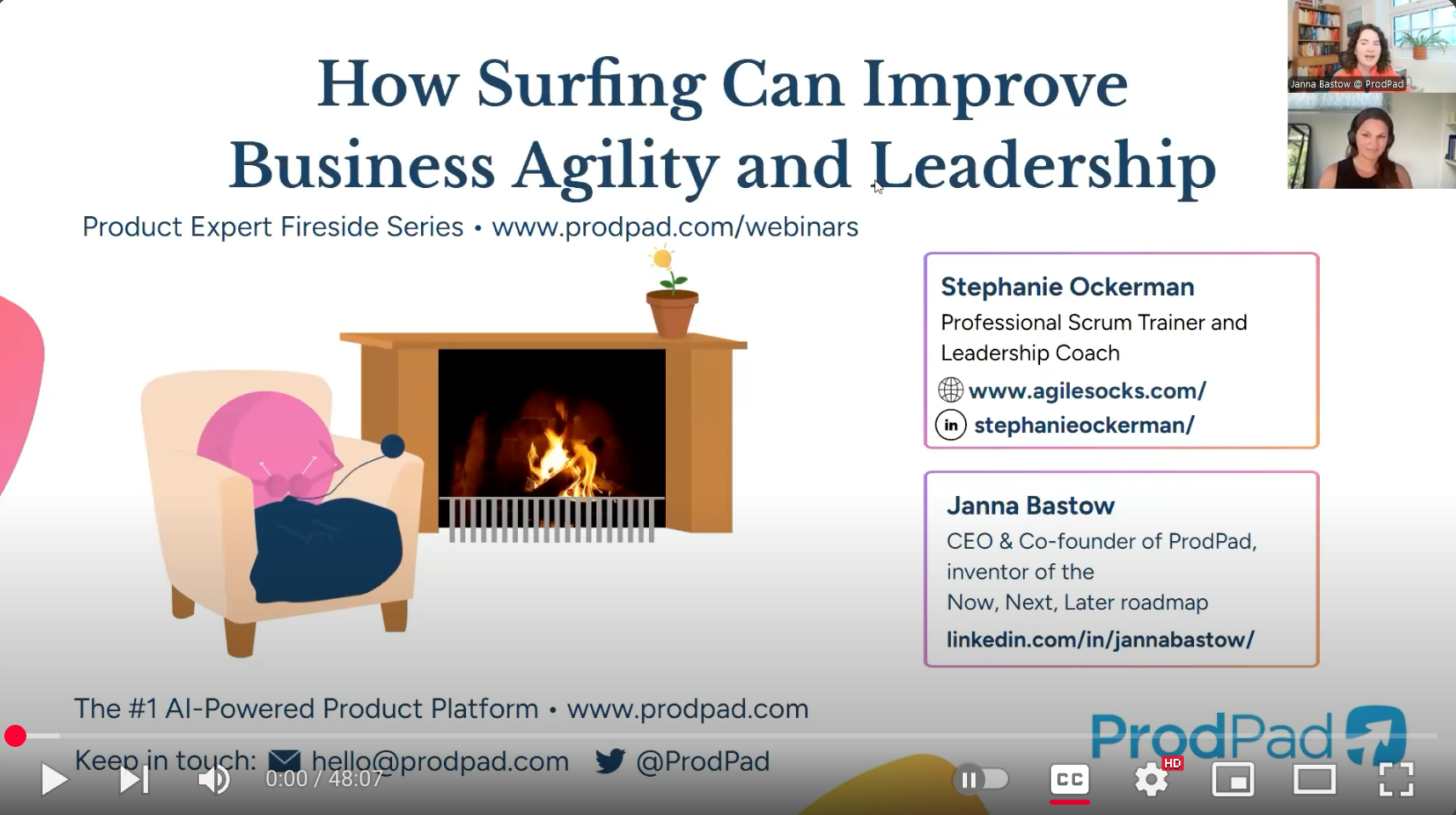Goal setting is an essential tool supporting agility in complex environments. Various A-B-C formulas lead us to believe it’s a straightforward process, but setting and using goals effectively is challenging. Common pitfalls include not going deep enough with what we aim to achieve and bringing a success-or-failure perspective to the process rather than an empirical mindset. If it feels like your team is missing the mark, consider my top seven tips for setting more effective goals.
#1: Get to the why
Make sure that the goal reflects your true objective—a customer outcome. Misdirected goals tend to focus on activities and outputs, which can lead you down a fruitless path.
Let’s look at an electronic waste recycling company, for example. The team sets a goal to create an online customer portal facilitating home or office pick-up of e-waste by the end of the year. Sounds good, but are you sure this fulfills a customer need?
Finding out starts with a team conversation that explores the “why” behind the goal until you reach an answer that gets at what you are fundamentally trying to achieve—a better customer experience.
Q: Why do we want to build an online customer portal facilitating e-waste pick-up?
A: To reduce barriers to e-waste recycling so that more people will do it.
By asking “why” your team avoids serving the mechanics of the goal (the how) by centering the objective on the customer. If you focus solely on building the portal, you might lose sight of your intent to reduce barriers. With this objective in mind, the team might hone in on features such as allowing the customer to select the date and time of pick-up that works for them and indicate whether they require data removal on a recycled device. Digging deeper into the goal of getting to the customer need will help you make decisions along the way about what value you create and how you create it.
#2: Don’t let the measure become the goal
We include measurables in goals to help evaluate whether we’ve achieved the desired outcome. But, sometimes, we fall into the trap of treating the measure as the goal itself. It’s easy to get caught up in measuring outputs and activities rather than outcomes.
Say your organization sets the goal to increase customers by 30%. The first problem with this goal is that it’s pretty vague. You can likely do many things to move that number, and some of those activities might have unintended consequences. For example, you could meet that goal by funneling people into a free trial only to see most of them cancel at the end because they were not a good fit for our product. What you choose to measure matters. Increasing customers by 30% might not actually provide value.
Counting things such as increased visits to your company website (outputs) or reducing time dealing with customer support calls (activities) tell you little about the satisfaction or improved experience of a stakeholder or customer. Those measures might tell part of the story but not the most important one.
#3: Clarify assumptions
As you move towards your goal, it’s helpful to clarify and test assumptions to avoid traveling too far down a path that delivers little or no value.
Let’s look back at the goal to increase electronic waste recycling by reducing barriers for customers. If you decide the best solution is to create an online portal, what assumptions are you making? Will this meet the needs of the customers you are targeting? Will the portal be able to handle all of the intake information the company requires for pick-up? Perhaps this online portal will appeal to a whole new demographic.
Uncover as many assumptions as you can and then build the smallest thing possible to confirm or disprove them. By inspecting the results frequently, you can adapt and refine the goal to provide value.
#4: Let go of the illusion of control
Goal setting is a process. In complex environments, too many variables are at play to get them exactly right and execute them precisely. The world is not static or predictable.
Even though I help agile teams to learn about and embrace uncertainty, I need to remind myself regularly to let go of trying to have control. It’s an ongoing conscious practice. You need to have empathy for yourself and others making decisions in the context of complexity.
#5: Watch for goals that create conflict between teams and departments
Often, when you haven’t set customer outcome-focused goals at the organizational level, you end up with goal setting at the department or team level, which results in conflict.
For example, an infrastructure team might set a goal to reduce turn-around time for internal customer requests. To achieve this goal, the team creates an intake process that requires documenting every detail of the request before the customer can submit it. (Astute readers will recognize this is a measure that became a goal). Meanwhile, the product delivery team strives to be responsive and flexible as they meet customer needs, building solutions incrementally. Conflict ensues because the infrastructure team sees “in-progress” work requests sitting too long as a threat to their goal achievement. They refuse to send requests through unless the customer knows and itemizes all of their requirements.
#6: Establish a cadence to inspect and adapt different goals
You might have a big hairy audacious goal at your organization that might take a year or more to achieve. Others will be smaller and easier to meet. You will need to inspect these goals using different schedules because of their difference in scope. Getting the timing right at the start is uncommon. You just need to start somewhere and decide along the way if you are examining the goal too frequently or not enough.
When you and your team come together to discuss your goals, you will examine your progress, evaluate what has changed in your environment, and decide if the goal still makes sense. If it doesn’t, adjust it based on what you have learned.
#7: Stop treating goal achievement as a sign of success or measure of worthiness
Goal setting is a tool. Tying goal achievement to a sign of success or feelings of worthiness is destructive. A goal is simply a thing that happened or didn’t. If you don’t meet the goal, it’s not a measure of your worthiness.
What’s important is how well you use goals. When evaluating their success, ask if you have been able to do the following:
- Frequently inspect progress
- Adapt the approach based on what you learned and the changing environment
- Clarify your goals using what you’ve learned
- Ability to change your goals and pivot in a new direction
If you manage to do your best, leverage empiricism, stay open and curious, and maintain your agile mindset, you have used goals well as a tool for navigating complexity and unpredictability.
Take steps to improve your goal setting
Even if it’s difficult to get the entire organization to change how it uses goals, you can have influence by improving goal-setting conversations. Look for opportunities on your agile team or with individual organizational leaders to spark curiosity about the possibilities of using goals more effectively. Ask questions, make suggestions based on these seven tips, and trust that you are making a difference by introducing people to an alternative perspective.
Change won’t happen overnight, but you will make an impact with persistence.
You can start exercising better goal setting wherever possible, including in your life outside of work. Perhaps there is a community organization or board you’re part of that would be open to a different goal-setting approach. Practice helps!
Go deeper with EBM
If you’re inspired to go deeper into goal setting and empiricism, join me for a one-day Professional Agile Leadership-Evidence Based Management (PAL-EBM) live virtual training. EBM focuses on customer value and intentional experimentation to improve organizational performance and strategic goals systematically. This complementary practice is flexible in that we can apply it at the team/ product and organizational level, helping to create greater alignment.



